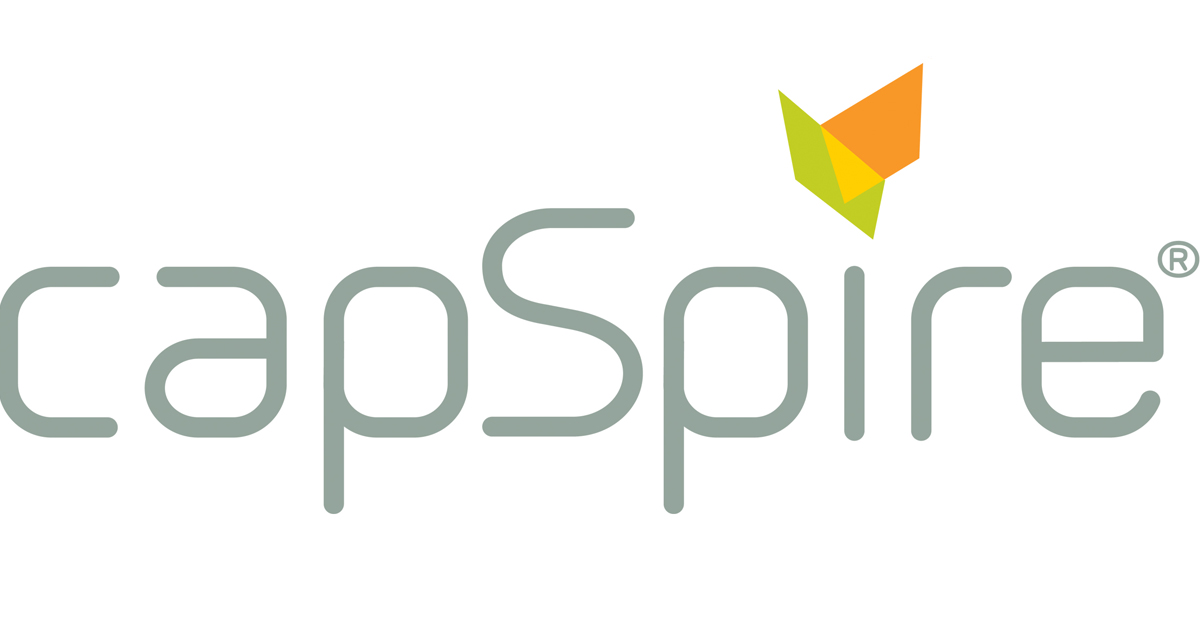
Energy Markets
With the complexity of today’s Energy Markets, it’s clear to me that Genetic Algorithms, GA, are incredibly powerful yet simple tools. Their beauty is in their ease of understanding and the ability to implement.
That made me think why can’t other techniques be so intuitive and easy to understand?
Well, in the main, they are! For a lot of the energy modelling areas I’ve looked at, a typical 15-year-old should have enough maths to understand the high-level concepts.
As always with us humans, the challenge lies in the communication of these ideas.
In the News
Enel’s announcement of a strategic partnership with Powel to optimise its operations, Statkraft’s Virtual Power Plant (VPP), Open Energi and Erova Energy’s recent launch of an automated energy optimisation and trading system are some examples of AI/machine learning headlines in the energy industry.
But what are some of the modelling activities that relate to these headlines?
By no means a complete list, but some activities would include
(a) Forecasting market prices and/or volumes (day ahead, intra-day, balancing).
(b) Forecasting a participant’s portfolio demand.
(c) Forecasting a participant’s renewable generation portfolio.
(d) Forecasting a participant’s thermal portfolio generation capabilities.
(e) Combining (a), (b), (c), (d) to optimise trading/dispatch strategies.
(f) Demand side response (wholesale and retail level); battery/storage optimisation.
What are the Techniques?
The details will depend on the problem but some of the commonly encountered and easy to conceptualise approaches include
Regression (Time Series)
A simplification but I’ll group Regression and Time Series in the same bucket.
A regression model can be used when data has regular, repeated patterns (e.g. electricity demand). You want to predict some variable Y and you have a correlated variable X. Then a regression model simply says that Y = intercept + slope * X. This is an example of a linear model
Use Cases: market price forecasting, portfolio demand forecasting, thermal power plant capabilities modelling and other.
Decision Trees (Random Forests)
Think of a decision tree as a flow chart, or a sequence of If Then Else type questions (e.g. If it is raining Then I’ll stay indoors Else I’ll play football).
Random Forests are simply a type of decision tree (a random forest fits a number of decision trees, the prediction is then the average of the predictions from each of the underlying decision trees).
Decision trees are great at handling linear and non-linear data.
Use Cases: market price forecasting, portfolio demand forecasting, thermal power plant capabilities modelling and other.
Neural Networks
Feed Forward Neural Networks can be viewed as a collection of regression models arranged in parallel and potentially also stacked on top of each other (I appreciate I am taking licence with this analogy). These regression models are fit/calibrated and the output is simply the combined output.
There other types of neural networks (e.g. recurrent, convolutional, autoencoders etc) but we won’t discuss them here.
Neural networks are good at detecting underlying patterns in data (both linear and non-linear).
Use Cases: renewable generation forecasting, market price forecasting, portfolio demand forecasting and other.
Genetic Algorithm
A genetic algorithm is a way of finding a good solution to a problem given a fitness function. Think of it as a virtual reality world, or laboratory, but on steroids!
The steps are to firstly generate a population of potential solutions to your problem. Next, agree a measure or metric of whether a solution is good or bad (a fitness function). Once the fitness function is defined, apply it to the population and then order the population from best to worst performers. Next, keep the best performers and get rid of the worst performers. Finally, create a new population based on the best/remaining performers from the previous step (i.e. let the population evolve/mutate). Repeat the process until the solutions reach a goodness of fit threshold.
Use Cases: optimisation, I’ve seen some interesting papers on electricity portfolio dispatch and demand side response (readers should also be aware that operations research type approaches are also relevant).
In Practice
With the advent of packages like sklearn, tensorflow and keras in python (frameworks are also available in R for example), it is reasonably straight forward to implement some of the above techniques.
A word of warning though, whilst it is easy to apply the above (and loads of examples are available online), modellers should always ask themselves
- For the problem at hand, is the modelling choice appropriate i.e. what are the model assumptions?
- Whilst the model might fit your data well, how good are its generalizing capabilities?
This is where experience and a deeper understanding comes into play.
In Summary
My starting position is that at a high level, by and large, the concepts aren’t complicated.
Hence, when you are reading an article, or talking to someone, about AI/machine learning ask yourself two questions
(a) Do I understand the high-level concept that the person is conveying?
(b) Is the person communicating the message fully au fait with the details?
For more information about how capSpire can assist your company in overcoming the hurdles of Modelling the Energy Markets, email us at info@capspire.com.
About capSpire
capSpire provides the unique combination of industry knowledge and business expertise required to deliver impactful business solutions. Trusted by some of the world’s leading companies, capSpire’s team of industry experts and senior advisors empowers its clients with the business strategies and solutions required to effectively streamline business processes and attain maximum value from their supporting IT infrastructure. For more information, please visit www.capspire.com.










